



Argyll|1315
Loch Awe lies in Argyll, running 24 miles south-west from Ben Cruachan. It has been inhabited since prehistory with Bronze Age crannogs (man-made islands which once supported dwellings) on the loch. Along Loch Awe, near the eastern shore, is the island of Innis Chonnell on which lies a castle (also known as Ardchonnel), where the chiefs of Clan Campbell had their stronghold from the thirteenth to the fifteenth centuries.
Sir Neil was a firm friend of Robert the Bruce, attending his coronation at Scone in 1306, likely aiding his escape following the Battle of Dalrigh, and marrying his sister Mary. Sir Neil’s eldest son and heir, Colin Campbell, received the lands and Barony of Lochawe, which became the centre of power for the Campbell chiefs.
Robert Johnson, Duncan Campbell, d. 1453. Lord of Lochow; father of the 1st Laird of Glenorchy|National Galleries of Scotland
(CC-BY NC)
It was a secure place, distant from any foes, as shown by the Campbell battle-cry: ‘It’s a far cry to Loch Awe’.
1927 OS map Oban & Loch Awe, Sheet 61. Reproduced with the permission of the National Library of Scotland. (CC BY NLS)
As the family became important over an increasingly large swathe of territory, Loch Awe was left at the northern edge of Campbell lands. To expand even further they also needed access to the sea, and so in time Inverary replaced Innis Chonnell as the seat of their power.
Innis Chonnell Castle © 2007 Karl Pipes (CC BY-SA 2.0)
Innis Chonnell, Loch Awe, Argyll © 2005 Brian D Osborne (CC BY-SA 2.0)
Here Donald remained until he was released. A brief rebellion under him then broke out, but Donald was recaptured and spent much of the rest of his life imprisoned, only to be freed in the 1540s, when he again tried and failed to resurrect the Lordship of the Isles.
The Campbell Earls of Argyll would go on to become one of the most influential dynasties in Scotland, and later in Britain, rising to become Dukes of Argyll and holding great political and military power. Loch Awe today is known both for its rich history and for its great beauty.
Loch Awe and Ben Cruachan © 2020 Patrick Mackie
(CC BY-SA 2.0)





Argyll|1315
Loch Awe lies in Argyll, running 24 miles south-west from Ben Cruachan. It has been inhabited since prehistory with Bronze Age crannogs (man-made islands which once supported dwellings) on the loch. Along Loch Awe, near the eastern shore, is the island of Innis Chonnell on which lies a castle (also known as Ardchonnel), where the chiefs of Clan Campbell had their stronghold from the thirteenth to the fifteenth centuries.
Sir Neil was a firm friend of Robert the Bruce, attending his coronation at Scone in 1306, likely aiding his escape following the Battle of Dalrigh, and marrying his sister Mary. Sir Neil’s eldest son and heir, Colin Campbell, received the lands and Barony of Lochawe, which became the centre of power for the Campbell chiefs.
Robert Johnson, Duncan Campbell, d. 1453. Lord of Lochow; father of the 1st Laird of Glenorchy|National Galleries of Scotland (CC-BY NC)
It was a secure place, distant from any foes, as shown by the Campbell battle-cry: ‘It’s a far cry to Loch Awe’.
1927 OS map Oban & Loch Awe, Sheet 61. Reproduced with the permission of the National Library of Scotland. (CC BY NLS)
As the family became important over an increasingly large swathe of territory, Loch Awe was left at the northern edge of Campbell lands. To expand even further they also needed access to the sea, and so in time Inverary replaced Innis Chonnell as the seat of their power.
Innis Chonnell Castle © 2007 Karl Pipes (CC BY-SA 2.0)
Innis Chonnell, Loch Awe, Argyll © 2005 Brian D Osborne (CC BY-SA 2.0)
Here Donald remained until he was released. A brief rebellion under him then broke out, but Donald was recaptured and spent much of the rest of his life imprisoned, only to be freed in the 1540s, when he again tried and failed to resurrect the Lordship of the Isles.
The Campbell Earls of Argyll would go on to become one of the most influential dynasties in Scotland, and later in Britain, rising to become Dukes of Argyll and holding great political and military power. Loch Awe today is known both for its rich history and for its great beauty.
Loch Awe and Ben Cruachan © 2020 Patrick Mackie (CC BY-SA 2.0)







Contact
Forum for the Scottish Baronage, c/o Brodies LLP, Capital Square, 58 Morrison Street, Edinburgh EH3 8BP, Scotland UK
Copyright
Copyright 2022, Forum for The Scottish Baronage, as a collective work, all additional rights to content contributed and/or licensed contained herein are expressly reserved to such contributors and licensors as independently owned and protected copyrighted works.





